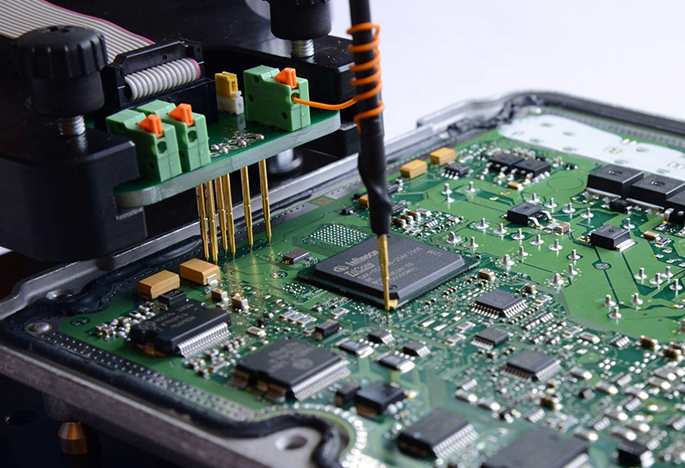
In Singapore, there are well over 10 tuning service providers, they are a mixture of performance garages and free-lance tuners with different skillsets. Recapping our previous post, there are 2 main categories of tuning
1. Tune via the motor vehicle’s stock ECU also known as ECU Reflash
ECU Reflash is a popular choice for tuners given the advancement of the softwares available in recent years. Tuners use their preferred software to retrieve the ECU file -> crack it -> edit the commands within -> flashes it back into the ECU. In the market, you are able to see this process being carried out in 3 different ways:
a. Pre-tuned map reflash: Tuner prepares an optimized map beforehand for a said model of car -> flashes it into the car’s ECU.
PROs – Fast (10min job), often very affordable. CONs – Questionable quality, you may be smoked with a throttle response enhancement instead of a real deal, drivers are unable to tell the difference. Pre-tuned maps are not custom to the modifications you have done to your car as well as taking into consideration the health of the car’s engine.
b. Custom reflash on road: Custom reflash means that the process takes into consideration of your modifications and engine’s health by observing your Air-Fuel-Ratio (AFR) readings, along with other sensor outputs over a few rounds of short driving. This process requires the car to provide Wideband Air/Fuel readings during the drives, if the car does not have the said gauge, the tuner HAS TO set one up temporarily, attaching an independent wideband O2 sensor at the tip of your muffler and wires it into the cabin through the boot or door for use during the tuning. NOTE: If the tuner you engage doesn’t use the AFR readings in the process, there is a chance it is not a custom tune even if he/she says he can obtain those figures from your stock O2 sensor, hoax alert.
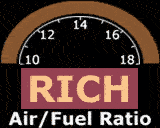
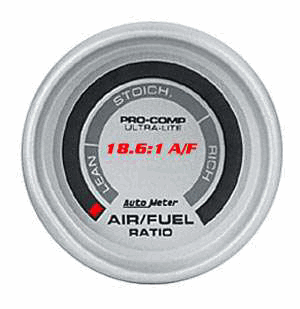
PROs – Genuine custom tune yet affordable. Brings out the power from your effort modifications. CONs – Not the best option for heavily modified cars as AFR readings from gauge display jumps at a fast speed, unable to achieve high accuracy.
c. Custom reflash on dynamometer aka Dyno: This process is pretty much the same as before, except it is carried out with the vehicle-mounted on the dynamometer instead of driving it on the roads. With the use of a dynamometer, the car’s horsepower, torque, acceleration and AFR readings are plotted on graphs with extreme accuracy. This enables the tuner to truly custom the tuning and maximising the potential of the engine as well as the modifications installed.
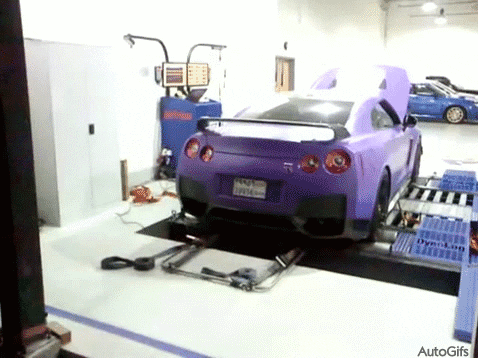
PROs – Extreme tuning accuracy for maximum power within the capabilities of the stock ECU. CONs – The process is rather time-consuming, excluding the time required to mount the vehicle, the process typically takes 1-2 hours, even longer for heavily modified cars. Tuning fees are also higher as owners will also have to top-up for dyno rental and tuner’s time.
2. Tune via a 3rd party chip (Piggyback) or 3rd party ECU (Standalone)
Using a 3rd party chip is less complexed, tuners are required to have a good knowledge of the said devices and its installation procedures. Instead of using software to crack the stock ECU’s map, these devices are wired up to the car to hijack the stock ECU output signals – see image below
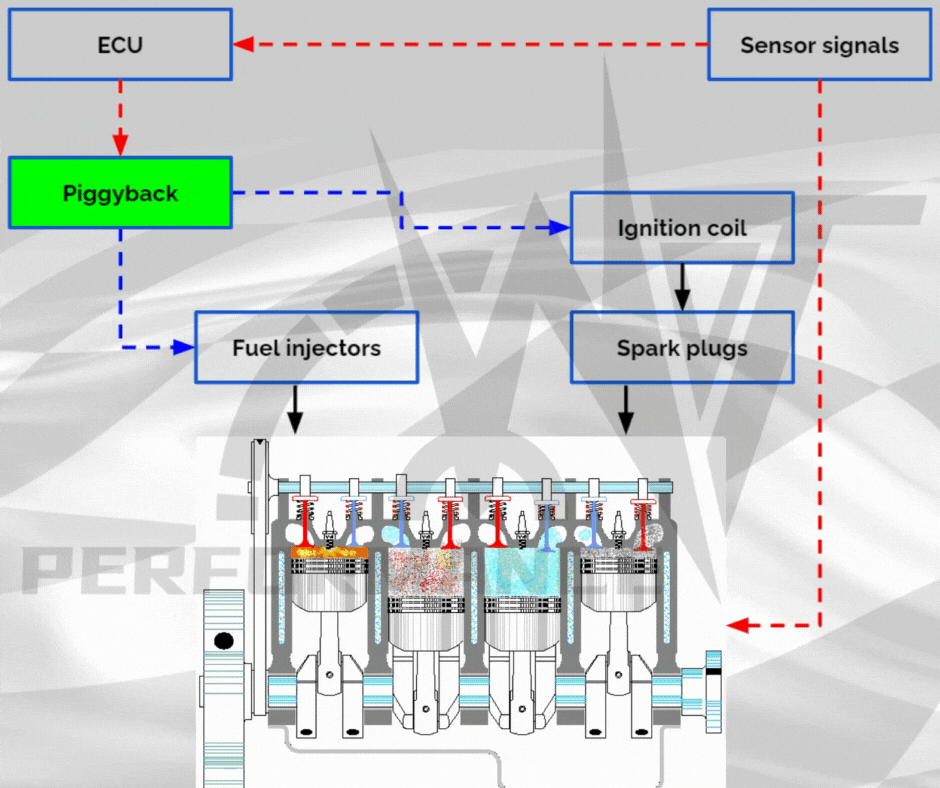
3rd party standalone ECU on the other hand is more delicate, often used on heavily modified or race cars. It also requires extensive wiring works, to achieve full control of the car in terms of calculating sensors input and releasing commands to the engine, most of the aftermarket standalone ECUs completely retires the stock ones. This process is similar, except that the tuners have to be extremely proficient in writing the map from scratch. see image below
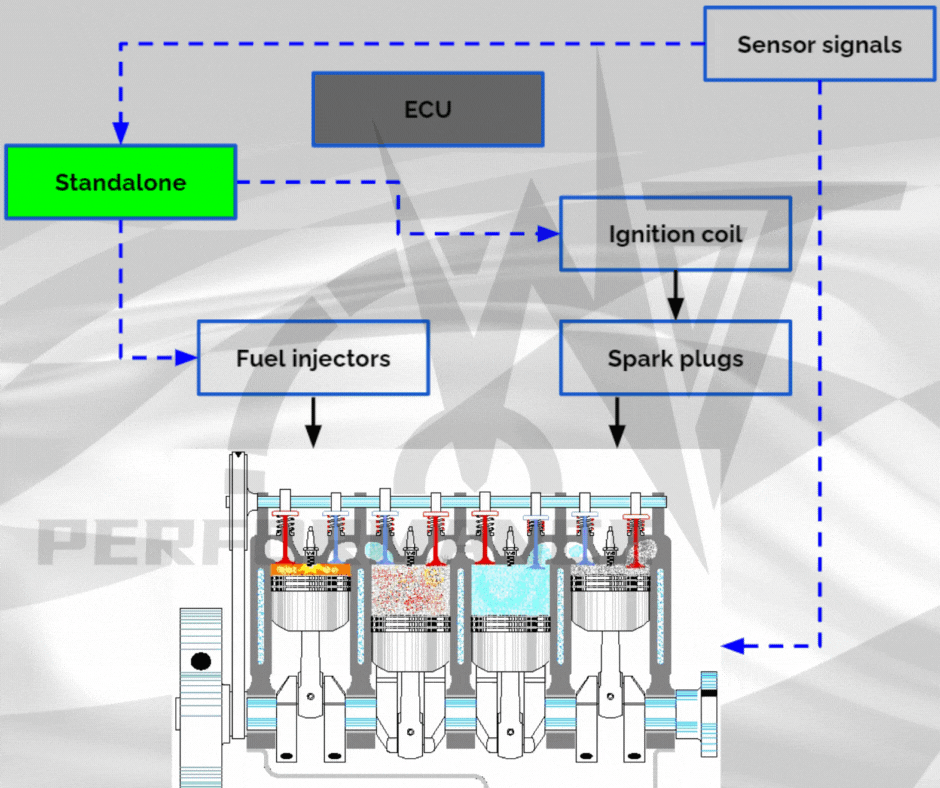
PROs – Both of this option supports live tuning, tuners can tune the ride instantaneously, this gives the tuner more time to refine the tune and maximising the result as compared to ECU reflash where it requires shutting down the car each time with every command changes and typically takes 10-15mins for every flash. CONs – The only drawback of these options is the price, owners have to pay for the device and installation cost. Nevertheless, it can be a worthy investment as it can be brought forth to future rides.
All the above options are available at WOT Performance, both our in-house and panel tuners have years of experience in tuning with proven dyno results. You can speak to our consultants to find out more.